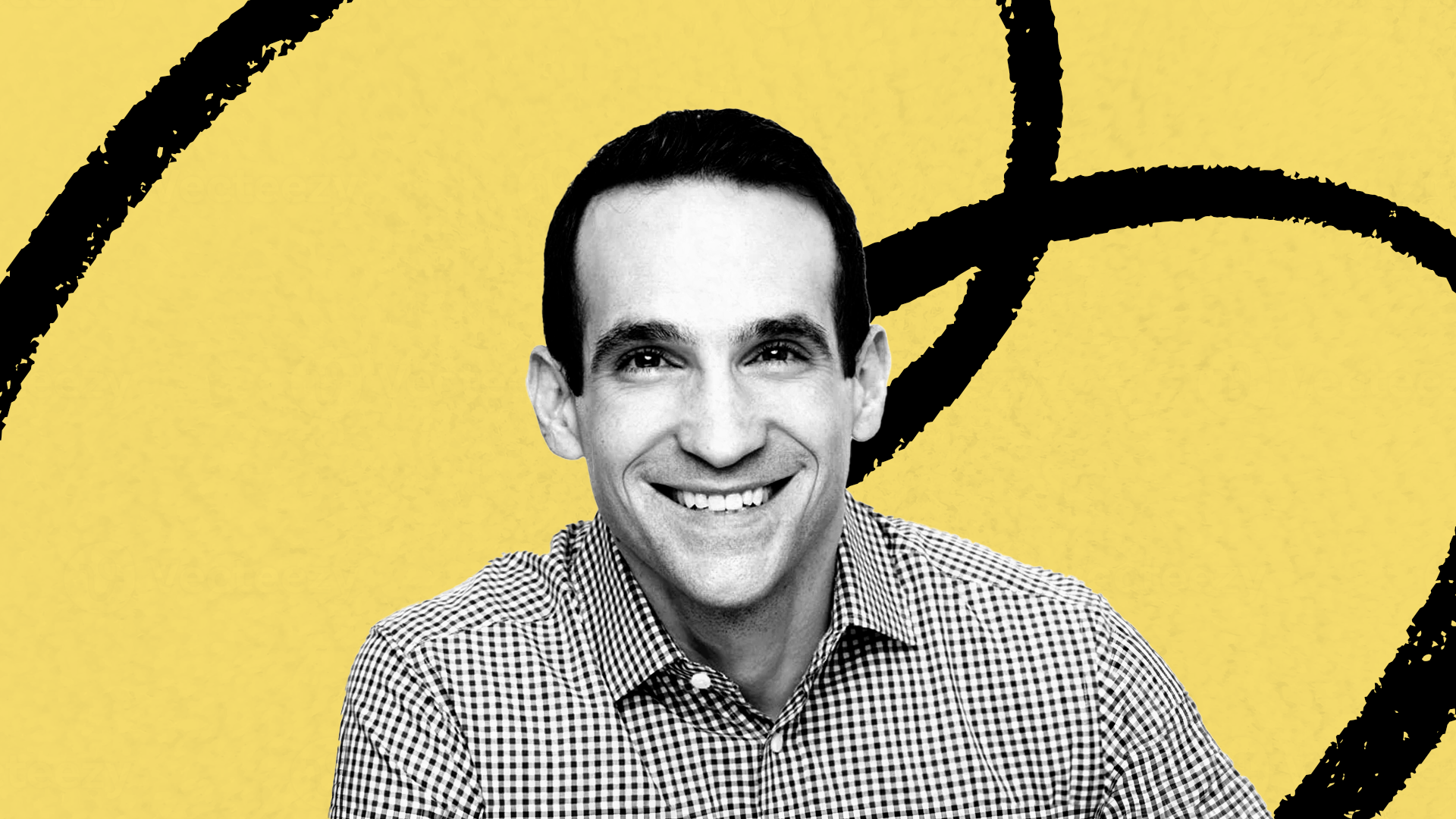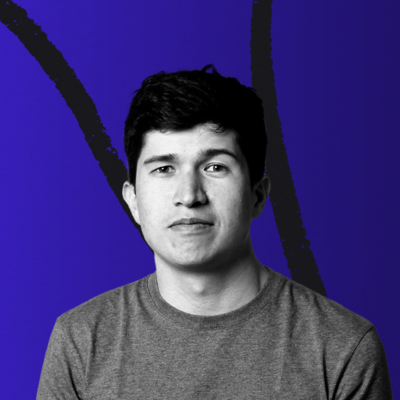
I'm fascinated with how the smartest people in the world get their work done. That's what Superorganizers is about: seeing all of the little habits that make up a great work day and a great life. Artificial intelligence has changed what it means to be productive and efficient at work, so we decided to revisit some of our favorite interview subjects to understand how their routines have changed in the era of AI models. Recently, we spoke to designer Marie Poulin, newsletter writer Polina Pompliano, and former Holloway CEO Andy Sparks. Today, we’re back with Nir Eyal, author of Indistractable.—Dan Shipper
Was this newsletter forwarded to you? Sign up to get it in your inbox.
Nir Eyal wants you to rethink distraction. He’s made that clear in his best-selling book Indistractable, which came out in 2019. In the book, he outlines a four-step process for becoming “indistractable”—master internal triggers, make time for traction (the “opposite of distraction,” as he defines), cut back on external triggers, and prevent distraction with pacts.
But when we first spoke to Nir in May 2020, the world was a different place. It was right after the start of the Covid-19 pandemic, and perhaps before we grasped how much havoc it would wreak on our world, how disruptive it would be for our habits, or how much it would change the ways each of us work. It was also before the advent of artificial intelligence, which promises to automate, improve, or at least assist in our work.
We caught up with Nir to see if his personal workflow has changed and what we can learn from Indistractable in a post-pandemic, generative AI world where so many of us are working from home with distractions everywhere and potentially transformational technology at our fingertips.
Do you still use the same four-step method for eliminating distraction?
Same exact four steps. You know, the Indistractable model is based on decades-old research into human psychology, and so those haven't changed at all. I still use them. And, in fact, now the book has sold over half a million copies. And so it's great to see that it's helped so many people. The model itself hasn't changed one bit.
However, the challenges have changed. I wrote the book before Covid-19, before so many people were working from home. But thankfully, I had a chapter in the book about how to deal with working from home distractions. So it's been just as applicable.
When we spoke, you were skeptical of productivity panaceas. What's your view on AI productivity tools?
The Only Subscription
You Need to
Stay at the
Edge of AI
The essential toolkit for those shaping the future
"This might be the best value you
can get from an AI subscription."
- Jay S.
Join 100,000+ leaders, builders, and innovators

Email address
Already have an account? Sign in
What is included in a subscription?
Daily insights from AI pioneers + early access to powerful AI tools









Comments
Don't have an account? Sign up!
It will be interesting to see if AI will become the true companion we "need" or "want". As Nir indicates, it would be great if AI glasses helped inform us when we are about to make a decision that may not fit our goals. From my work over the past 18 months watching people use AI, I believe that many will turn off that feature and just want a sidekick that keeps them happy. It is fascinating to watch the human-AI partnerships and relationships unfold.